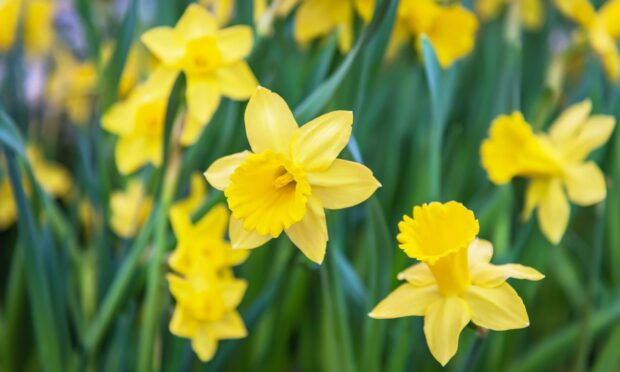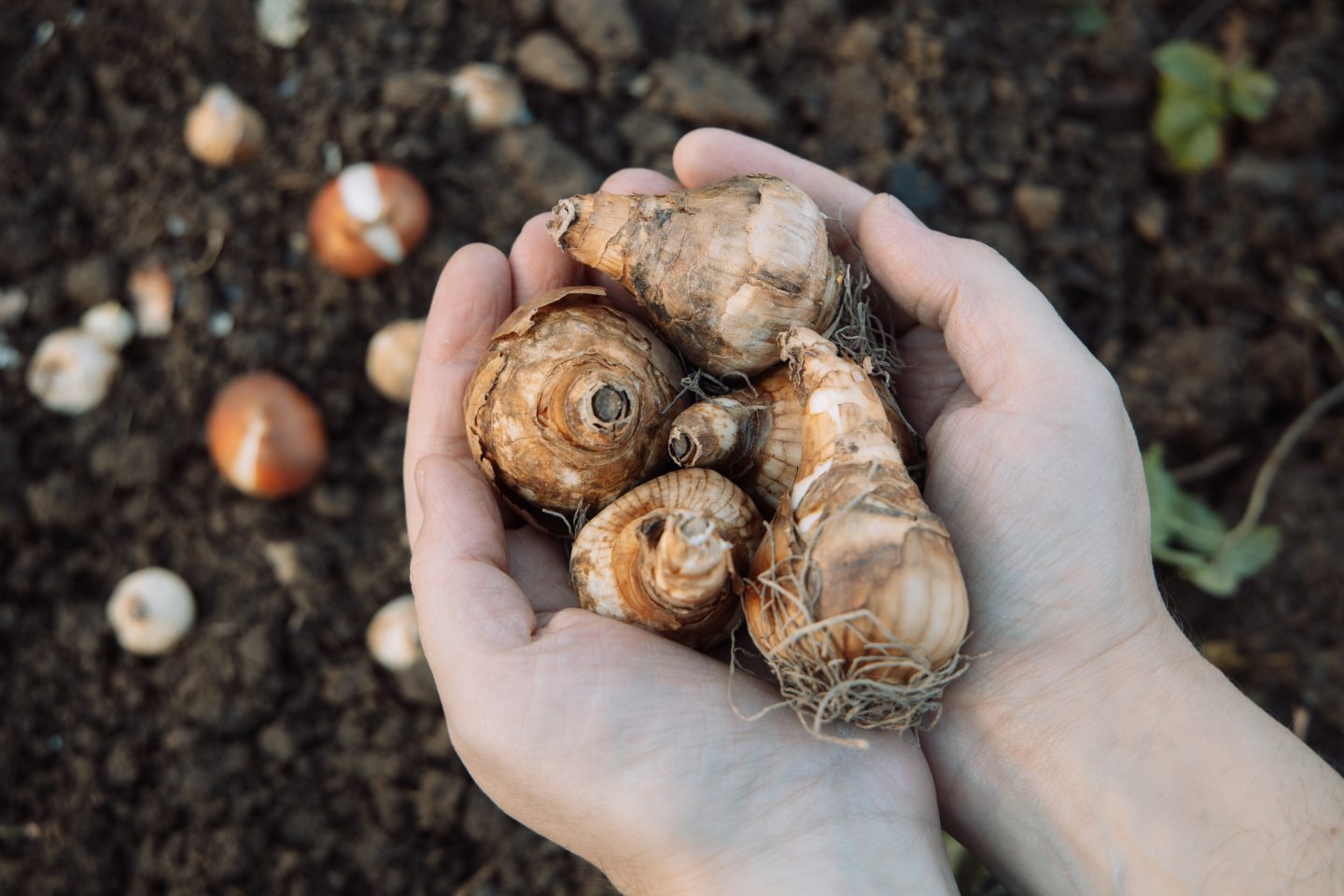UK-grown daffodils could hold the key to treating heart disease, researchers at Robert Gordon University have found.
Initial findings from a new study suggest natural compounds found in the flowers’ stems, leaves and petals could “unlock a range of opportunities”.
This includes new medications designed to prevent the walls of the heart thickening and stiffening.
In certain environments, like higher ground, daffodils produce compounds called alkaloids.
Normally they’re highly toxic, but can be purified for use in medication.
In fact, one-third of the UK’s daffodils are grown for their bulbs, so the “high-value” alkaloid galanthamine inside can be used to treat Alzheimer’s disease.
And using other parts of the plants in this way will prevent them from going to waste.
Now, three different alkaloids are being tested for their effects on conditions like fibrosis, which can lead to heart failure.
First test results ‘positive’
Professor Cherry Wainwright from RGU explains: “In their purest form, alkaloids can be toxic to humans and animals.
“But, when isolated, purified and prescribed correctly they can be used as an effective treatment for disease.
“We have already seen a positive effect on the heart cells being tested, with the alkaloids interrupting a sequence of events that could lead to the stiffening of heart tissues and result in heart failure.”
Could be ‘transformational’ for patients
The study also involves pharmaceuticals firm Agroceutical Products and the Industrial Biotechnology Innovation Centre.
Kevin Stephens, founder and director of Agroceutical Products, said: “Only a small proportion of daffodils grown across the world actually end up as decorative bunches of flowers.
“This study could lead to the development of additional medicines that could be transformational for patients suffering with heart conditions.”
And Liz Fletcher, director of business engagement at IBioIC, added: “While using natural compounds for medicinal purposes can offer huge economic potential for farmers in rural communities, it is also a great example of how naturally occurring products can feed into major industries and have a positive impact on people’s lives.”




Conversation